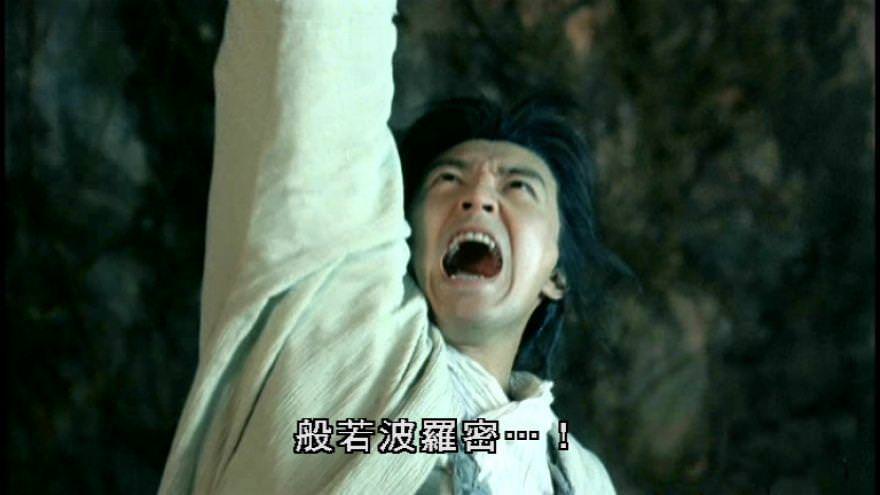A guesstimation problem in fourth-form additional mathematics
Suppose we have a function \(y = f(x)\) and its value at \(x = a\), \(f(a)\) is a nice value and can be easily calculated. Apparently, a slight perturbation on \(x\) from \(x = a\) to \(x = a + \epsilon\) will be accompanied by a slight change in the value of \(y\), where \(a \gg \epsilon\).
Computation of the new value of \(y\), that is, \(f(a + \epsilon)\) is one of the standard operating procedure taught in the fourth-form calculus. For instance, in 2017, the following question appeared as the second question in the second paper of the SPM additional mathematics exam.
It is given that the equation of a curve is \(y = \frac{5}{x^2}\). Find the value of \(\frac{{\rm d}y}{{\rm d}x}\) when \(y = 3\). Hence estimate the value of \(\frac{5}{2.98^2}.\)
The standard textbook trick uses only the first two terms in the following series:
that is,
and therefore the first-order estimate of the required value is given by:
Alternatively, the problem can also solved if we start by considering the following infinite series:
Differentiating both sides of the equation gives:
For our problem the ratio \(r\) is \(r = a / \epsilon = 150\), therefore:
Leaving out terms higher than the first power:
The true value of \(\frac{5}{\left(3 - \frac{1}{50}\right)^2}\) is actually \(0.563037701\ldots\), so the value computed is only good estimate up to the third decimal point.




Comments